The USask Student Competencies were developed through a multi-phase process, beginning with the 2010 Learning Charter's core goals, which were refined in 2016 to include Indigenous knowledges and experiences, reflecting the university's evolving priorities which led to the replacement of the original goals with 18 broad pursuits in the revised 2018 Charter. The practical application of these pursuits revealed challenges in their integration into program renewal/development, prompting a further refinement into six practical and usable competencies.
The six USask Student Competencies, grounded in the Learning Charter Pursuits and aligned with institutional strategic priorities, serve as a means of focusing our efforts in teaching and learning through creation of a central foci that will advance multiple priorities including sustainability, reconciliation, internationalization, EDI, and mental health and well-being. 2024 is the introduction year for the USask Student Competencies at USask.
Why the Competencies matter
Universities have increasingly recognized the importance of establishing campus-wide competencies for all students, a trend driven by the evolving demands of the global workforce and the necessity for graduates to be well-rounded, adaptable individuals. These competencies, which often include critical thinking, effective communication, ethical reasoning, and collaborative skills, are not just academic ideals but real-world necessities. By embedding these competencies across various disciplines, universities ensure that students are not only experts in their chosen fields but also possess a versatile skill set that enables them to thrive in diverse professional environments. This holistic approach to education aligns with the needs of employers who seek graduates capable of complex problem-solving and innovative thinking. Furthermore, such competencies foster lifelong learning attitudes, preparing students for the continuous adaptation required in an ever-changing world. Therefore, the establishment of campus-wide competencies is a strategic response to the dynamic landscape of higher education and the broader demands of society, ensuring that graduates are not only knowledgeable but also equipped with the skills essential for success in the 21st century.
Competencies explained
What is a competency? A competency, particularly in the context of the University of Saskatchewan's mission "to be what the world needs," is a dynamic combination of skills, knowledge, and attributes. It equips individuals to effectively address and contribute to solving real-world challenges. This concept extends beyond academic proficiency, encompassing the ability to apply learning in practical situations, think critically, and engage ethically, aligning personal development with the broader goal of societal advancement and global well-being. Many USask professional programs have professional competencies that their programing is aligned to as a part of accreditation.
Skills vs Competencies
Skill: A skill is a specific learned ability or proficiency in a particular area. Skills are often more technical and task specific. For example, writing, mathematical calculation, or programming in a certain computer language are skills. They are the basic building blocks or components that are necessary to perform certain tasks effectively.
Competency: A competency, on the other hand, is broader and more integrative. It encompasses a combination of skills, knowledge, and attributes. Competencies are about how individuals use their skills and knowledge effectively and responsibly in various contexts, like choosing a method of communication that suit the audience and context. It's not just about what you know or can do, but how you apply that knowledge and skill in the real world. In the USask framework, a competency is seen as a blend of practical skills, critical thinking, and ethical understanding, aimed at contributing to societal and global well-being.
The USask Student Competencies
There are six USask Student Competencies drawn from the pursuits in Our Learning Charter, that are the backbone of what students at USask can do when they graduate.
Click the boxes below to explore how to teach the competencies and learn how to embed them in programs.
1
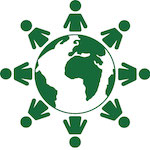
2
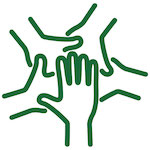
Nurturing Successful Relationships
Students who nurture successful relationships describe who they are and can embrace diversity of interpersonal strengths and weaknesses to support positive outcomes with others. They are accountable for their actions, manage conflict, successfully prioritize, and negotiate for successful results.
3
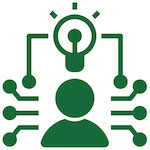
4
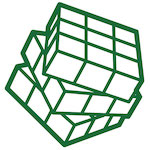
5
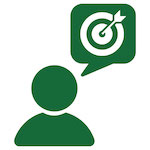
6

Cultivating Well-Being
Students effectively engage in cultivating well-being when they reflect on what they are doing, how it is working, and make appropriate adjustments to be successful. They engage in thoughtful decision-making and are self-aware and reflective, so they can purposefully navigate adversity. Students respect personal limits and boundaries, and they deliberately engage in healthy persistence in the face of change.
Get support
Contact the Gwenna Moss Centre for Teaching and Learning for information about the USask Student Competencies and how to integrate them into your course or program.

